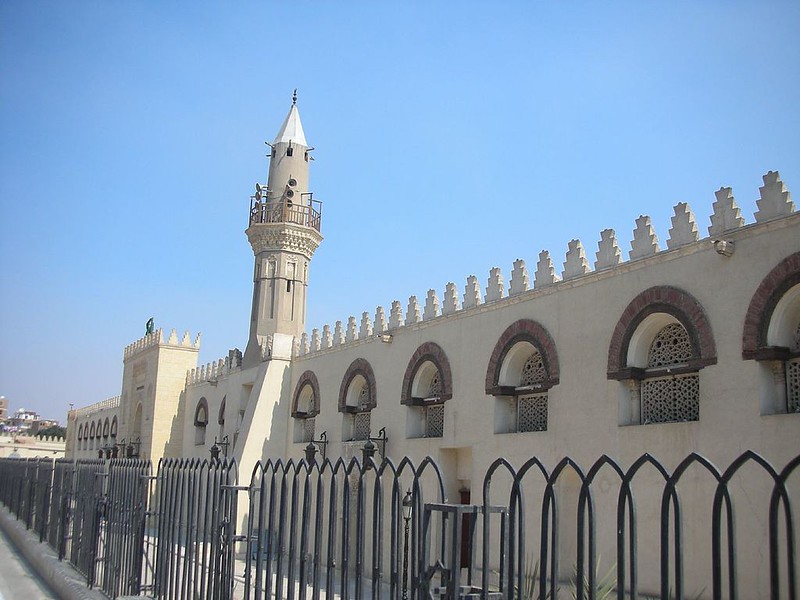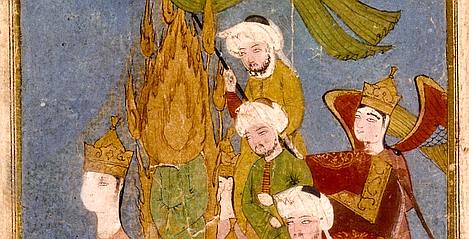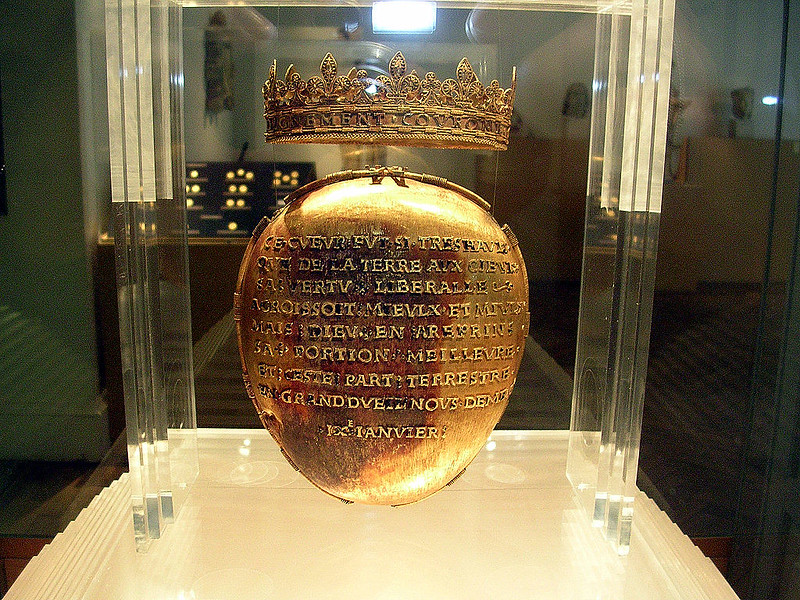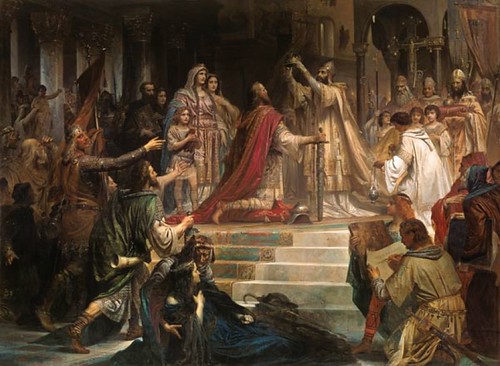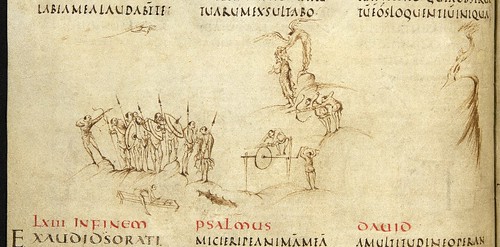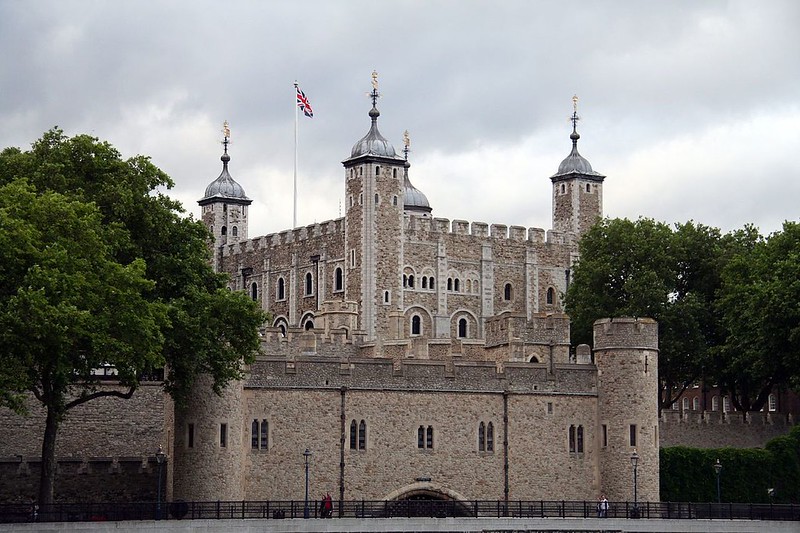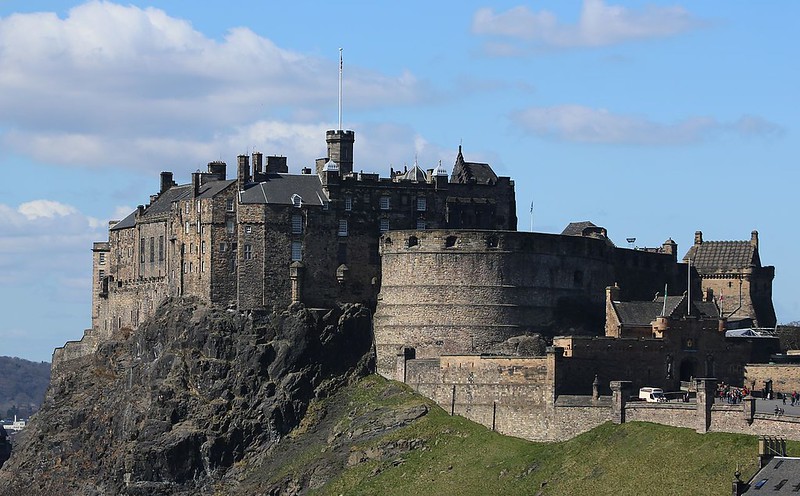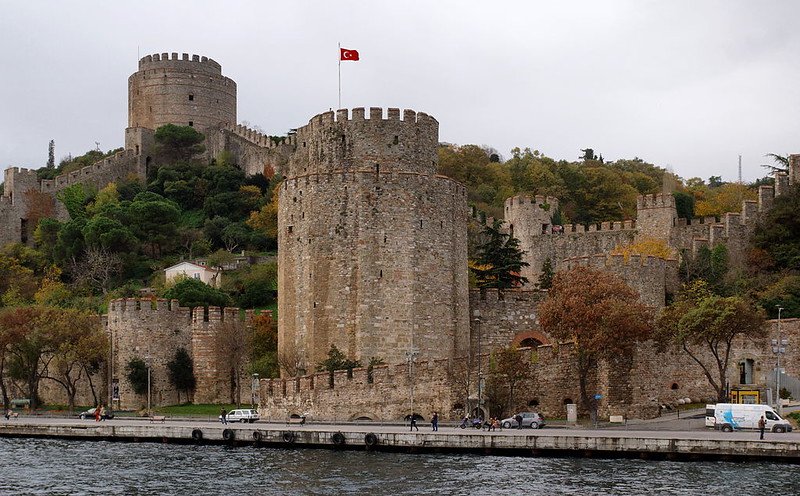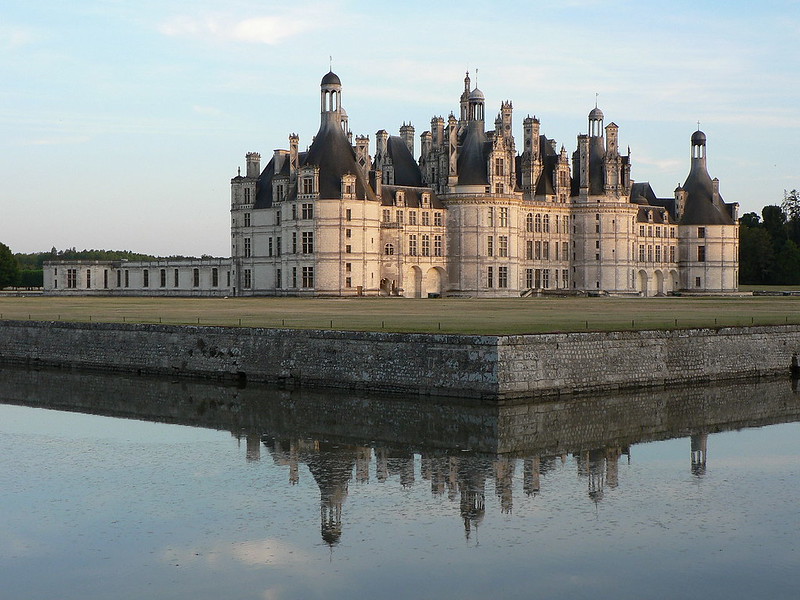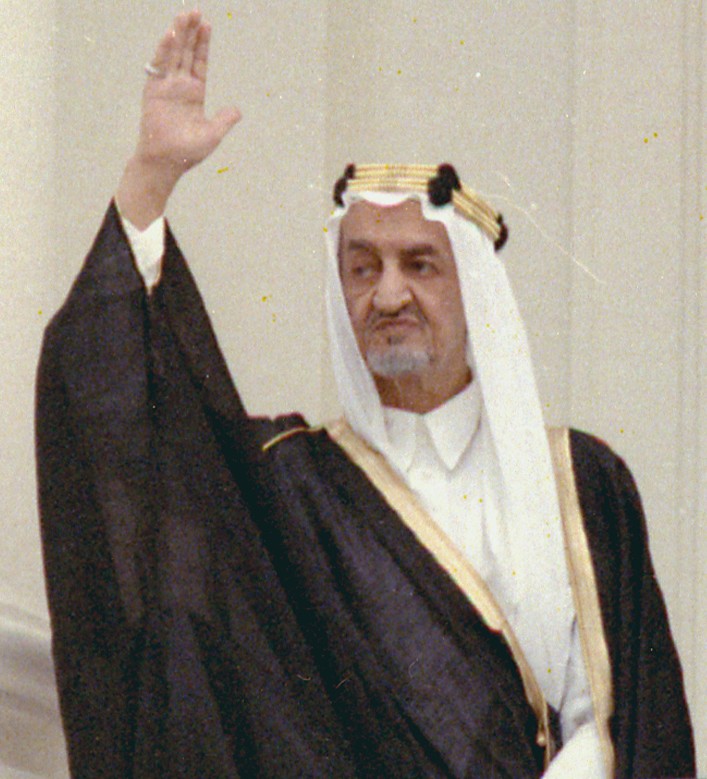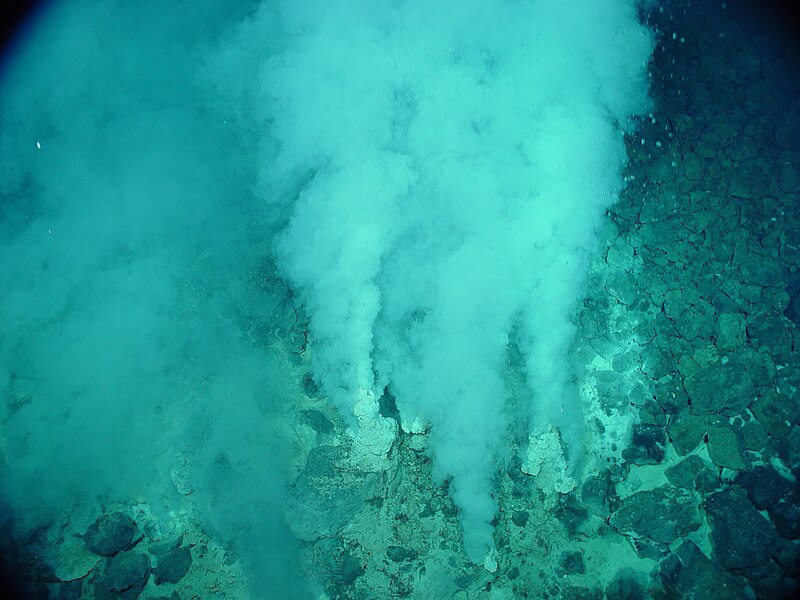Hi, friends! I'm again with you and glad to claim this day is a very joyful day. This time all the secrets of the universe will reveal to you. Why? Because I'm going to talk about the most epic milestones in the
evolution of our planet. The history of our planet in pictures.
So, our planet was born many years ago, to be exact, 4.5 billion. There is a mass evidences for this event, among them are the carbon dating of the early continental shields and all the sorts of pieces of iron which fell on early planet. On the moon, by the way, the carbon dating of the pieces of meteorites collected by American astronauts shows the same age. The age of the Sun can also be determined by the relative amount of hydrogen burned in it. This time the Sun has consumed about a third of its reserves. So, the Sun is going to burn eight billion years more, which is the usual life cycle for a star like our Sun.
The sun, by the way, was formed simultaneously with the formation of other objects of the solar system. Maybe a little earlier. All these things were formed from the gas-dust cloud, which supernovas spit out far from themselves during the explosion. After they have recycled light chemicals into heavier ones, stars shrink, and then make a bang. These bangs collected all the dirt 4.5 billion years ago at the site of our star system. And the explosion of next supernova formed a disk shape from the giant cloud and began the process of formation of our little Universe. The rotational moment began to stretch the cloud into an even more flat disk, and the forces of gravity collected its vast amount of dirt in the center. Over time, the enormous pressure and friction of the substance inside him provoked a flash making a vast thermonuclear reactor, which was worshiped by the ancient Egyptians, who believed that every day a Scarabaeus sacer rolls it away out the horizon. These same reactions also caused significant streams of solar wind, which cleared the private space of the star. An additional substance arrived in a rotating disk, in which rings, similar to the rings of the planet of Saturn, gradually were forming.

These rings of the rotational substance were the progenitors of the planets close to the sun. The solar wind blew hydrogen away from the solid planets, and this hydrogen began to gather in the gas planets: the planet of Saturn, the planet of Jupiter, Neptune and Uranus. The sum of solid objects initially was more than a hundred. But, as a result of the gravity interaction and the impacts of different celestial bodies, only some of them survived. Our home also suffered from one such collision. A small planet with the size of Mars brutally hit Earth 400 million years after its origin, and spit out a pile of dust and debris into orbit.
The only natural satellite of the Earth, the Moon, was formed from these pieces. According to scientists, life would be very different from the current one and can not be born without this satellite at all. So not all explosions are evil. Then there was no life, no oceans, no continents. So as a result, no one was hurt. The world was still similar to a fluid sphere in imponderability, the shields had not yet formed, the moon turned very close to the Earth and looked many times larger than today. The tides and ebbs were also stunning due to the gravitation of the Moon, and the hill on the surface reached about 30 meters. The world's shields began to shape
half a billion years later. This span is not small both to our and Universe standards. Solidifying magma also formed giant reservoirs for collecting water, which began to shape early oceans.
Simultaneously with the origin of continents and oceans, next milestone event occurred. It was the origin of life. Scientists have not came to the conclusion what provoked the
inorganic substance to become organic which began to breed, but most likely it happened in some extreme conditions. Someone says that this could happen in the atmosphere during a lightning strike, someone that was in ice, during numerous cycles of freezing and warming. The most likely version is the one about black smokers. No, these are not African Americans who indulge in marijuana, but hot geysers, located at a very deep deepness. High pressure and temperature can serve as a good catalyst for all kinds of chemical processes, as a result of which early cells, protocaryotes, originated. These organisms did not have nuclei and mitochondria, and used carbon gas to make energy.
Well, it is enough for introduction. I'm thinking of continuing the story about the evolution of the Earth in future posts. Did you liked it?

